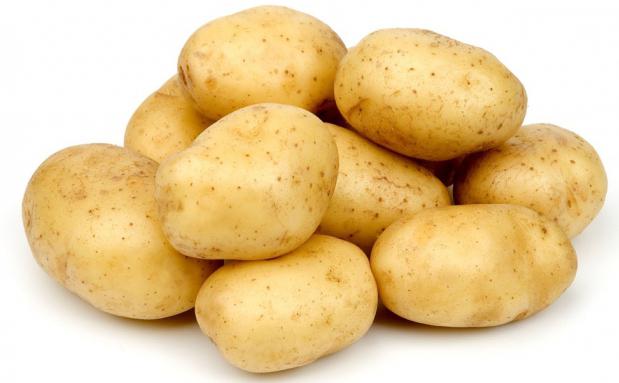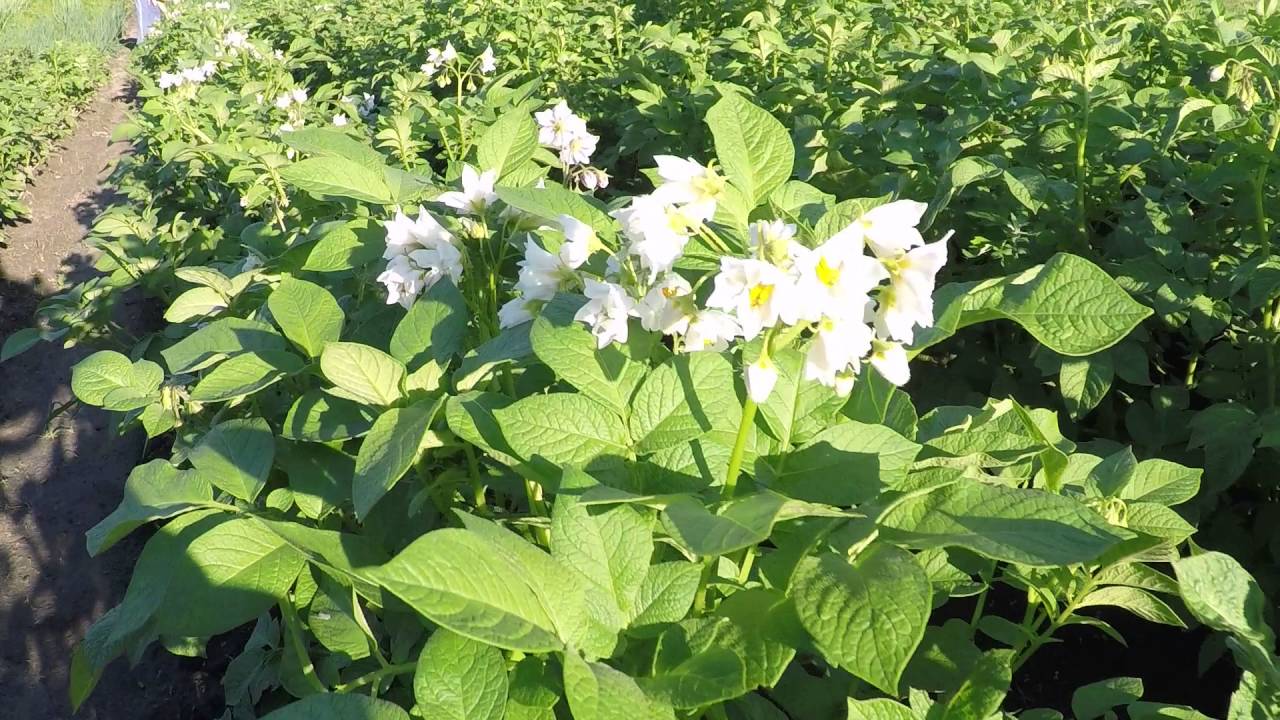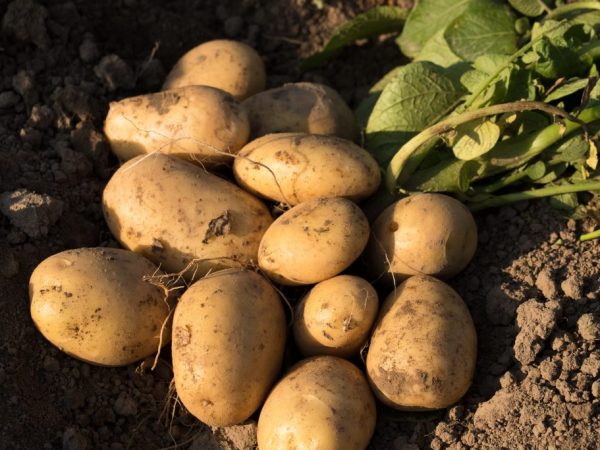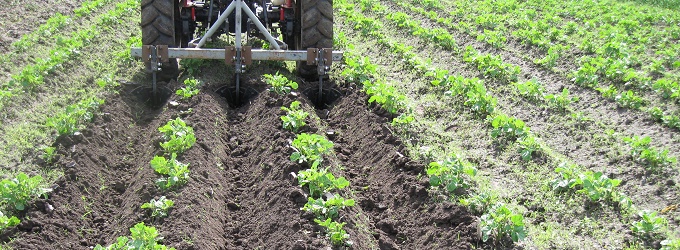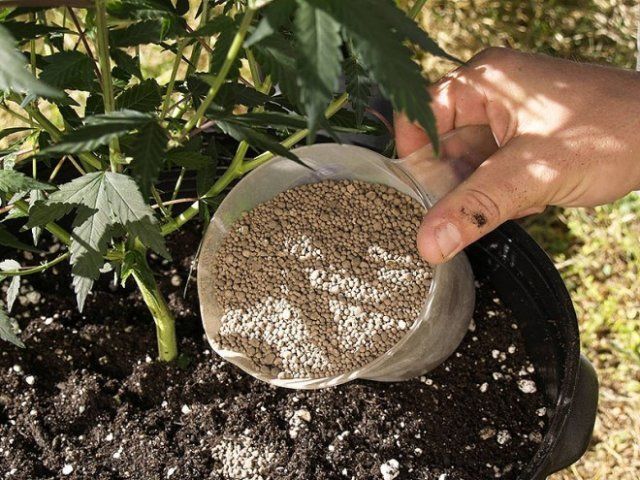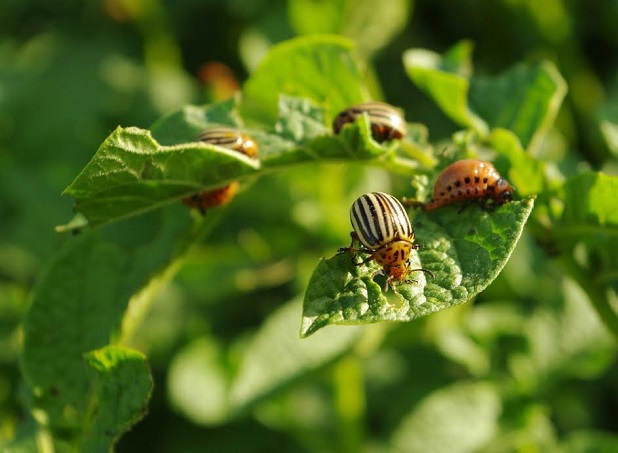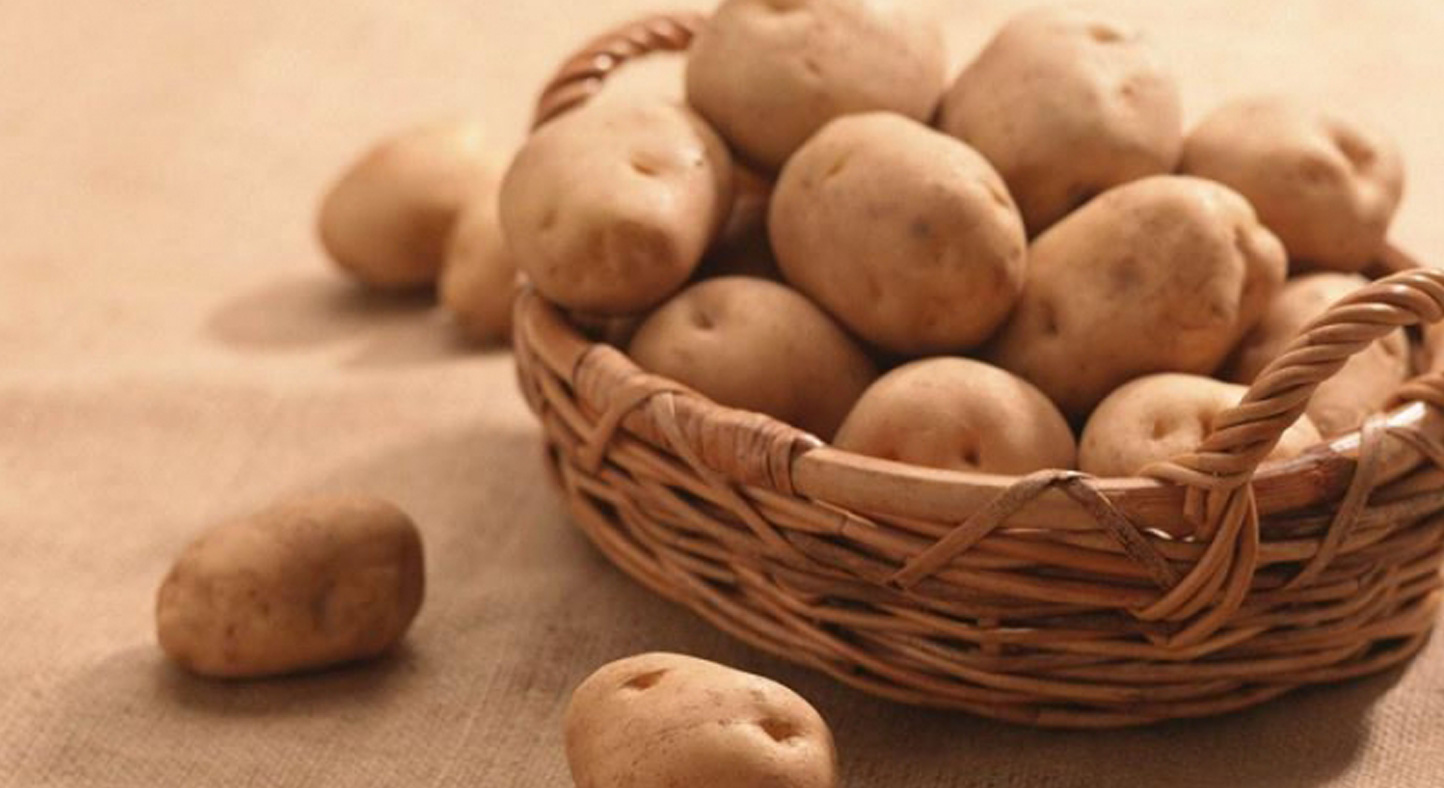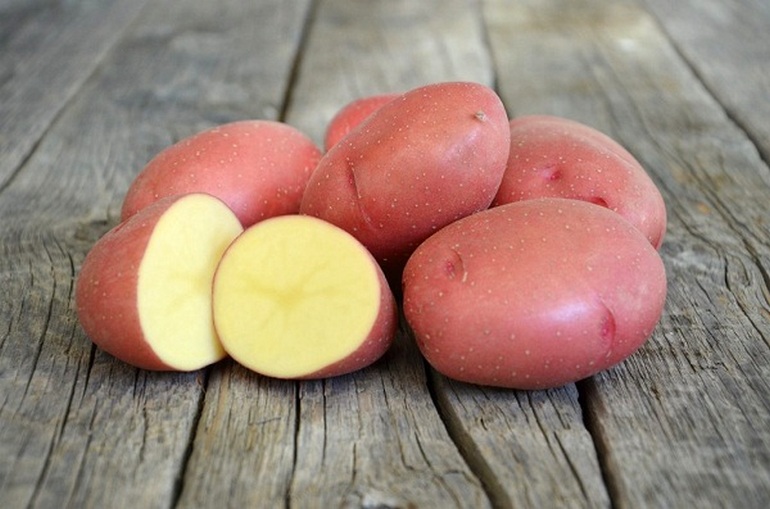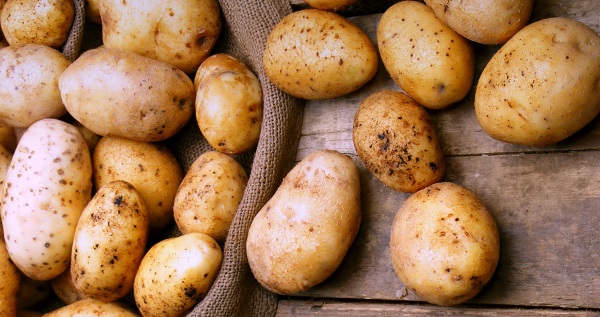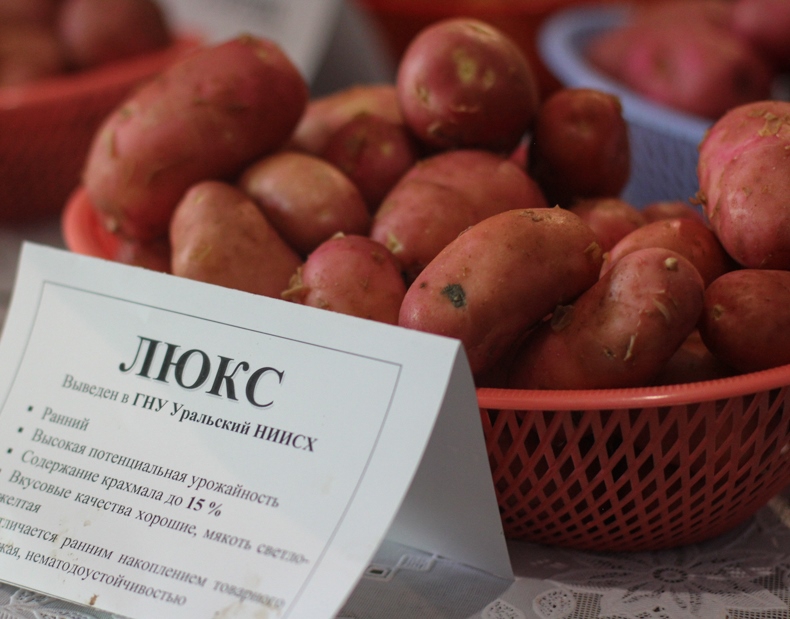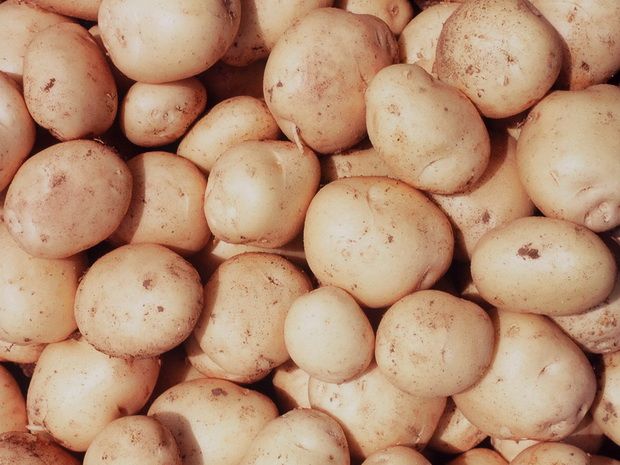Content:
Labadia potatoes came to us from Holland. He appeared not so long ago, but managed to become a favorite among summer residents and gardeners. Its characteristics show all the advantages of the variety for culinary use.
History of the origin of the variety
Potatoes were originally grown only in South America. In those days, he was deified by the Indians living in the area where Bolivia is now located. In Europe, at first, potatoes were grown as an ornamental plant, since their berries are poisonous.
But over time, the French agronomist Antoine-Auguste Parmentier refuted this statement and completely convinced everyone to taste the roots of the bush. Thanks to him, first in France and then in other countries, they began to cook delicious potato dishes.
Every year the originators are working on breeding more and more new varieties of this plant. In 2012, a new variety came from Holland to Russia - Labadia potatoes. The originator of the variety is Van Rijn - KWS B.V from the Netherlands.
Potato Labadia variety: variety description
Labbadia potatoes grow mainly in the Central, Ural, Volga-Vyatka, Middle Volga and North Caucasian regions.
This variety tolerates heat and drought well, while producing a good harvest no matter what soil it is planted in. If, before planting, seed tubers are treated with biostimulants, then the end result can be two harvests per year.
Labadia potatoes, description of the plant itself:
- The bush grows tall, erect, the stems are strong, slightly spreading;
- The leaves are green, large, have a slight waviness;
- The inflorescence is strong, large, collected in white flowers;
- The plant sprouts simultaneously.
Labadia potatoes belong to medium early varieties that have the peculiarity of giving a high yield, regardless of the state of the soil and natural conditions. The bush actively grows and develops for 85 days. Then the process of maturation and lodging of tops begins. This period lasts up to 110 days.
Up to 10 tubers of the same size grow under one bush of the plant. Moreover, one tuber has up to 150 grams of weight. From one hectare of area you can take 450 centners of potatoes. The fruits of the Labadia potato have an oval, slightly elongated shape. The peel is rough, with almost invisible eyes. The peel is yellow in color, while the flesh is creamy. The starch content in one tuber is equal to 16% of its total mass.
In cooking, potatoes of this variety are used in most cases for preparing second courses. When preparing soups or borscht, potatoes should be laid much later, since they have the property of being boiled.
The variety tolerates transportation well and is well preserved. Despite the fact that the variety is not demanding in terms of germination conditions, care for it must be done correctly, with all the requirements of agronomy.
Growing and care
For planting Labadia potatoes in the ground, the area is first prepared. It must be rid of weeds, fertilized and watered thoroughly. After that, holes are dug 10 centimeters deep at a distance of 35 centimeters from each other. In this case, the distance between the rows should be 50-60 centimeters.
For further plant care, it is necessary to do such manipulations as:
- loosening;
- hilling;
- watering;
- fertilizer.
Loosening
The roots of potatoes need a lot of air to flow to them, because if a crust forms on the surface of the soil and the flow of air stops, the tubers stop growing. Also, an excess of moisture affects the growth and formation of fruits. For this reason, periodical loosening is necessary near the root system of the potato.
For the first time, this process should take place after the first shoots. Together with loosening, weeding is done. Then the soil is loosened with each crust formation, but at the same time they are careful not to damage the tops.
Hilling
Potatoes are spud only when there is a sufficient amount of moisture. If this is done during the hot season, then there is a high probability of losing a significant percentage of the crop. This procedure is done early in the morning or in the evening. During growth and development, plants spud it twice. The first time, when the tops grow by 15 centimeters, the second time - after three weeks.
Watering
Watering Labadia potatoes depends on the climatic conditions in which they are grown. If a sufficient amount of moisture falls out in the area where potatoes grow, then they begin to water it during the period of active flowering. It is during this period that the plant requires a lot of moisture. In moderate climatic conditions, it is necessary to water potatoes three times per season. The first time - after the appearance of the first shoots, the second time - when the buds appear and the last time - after the potatoes have faded. If watering is more frequent, then an excess of moisture may form in the soil, and this will lead to loss of yield.
Fertilizer
Before planting potatoes, any kind of soil is fertilized. Then feeding is done after a month after planting. In this case, fertilization should coincide with watering. Thus, it will bring more effect to the plant. But it is worth remembering that saltpeter must be applied extremely carefully. Otherwise, nitrates will accumulate in the tubers.
In order for the plant to develop well and give a high yield, it is fertilized with a mixture of fertilizers:
- carbamide (urea);
- superphosphate;
- sulfate;
- potassium chloride;
- bordeaux liquid;
- chicken droppings.
Diseases
Labadia potatoes are not affected by diseases such as:
- golden nematode (globoderosis);
- wrinkled mosaic;
- potato cancer.
There is a small chance of getting sick:
- striped mosaic;
- foliar curl virus;
- late blight.
In this case, the potato is sick:
- Fungal diseases, which include:
- alternaria;
- phomosis;
- common scab;
- rhizoctonia;
- powdery and silvery scab;
- fusarium wilting;
- verticillary wilting.
- Bacterial diseases such as:
- brown bacterial rot;
- ring rot;
- blackleg.
- Viral lesions:
- speckled mosaic;
- gothic fruit;
- fetal necrosis;
- stem nematode.
Important! All of these diseases are serious. At the same time, bacterial and viral diseases of potatoes cannot be treated or eliminated. Vegetable viruses are transmitted by insects.
Pests
Most varietal labadia potatoes suffer from the attack of the following types of pests:
- Colorado beetle,
- click beetle larvae (wireworms),
- potato scoop,
- potato moth,
- potato nematode,
- aphid.
These insects not only infect the plant with viral diseases, but also damage the tops, leaves and flowers. For these reasons, plants cannot feed tubers in sufficient quantity, from which they stop their growth or even die. To avoid this, it is necessary to conduct active pest control. For this, insecticides are used.
Advantages and disadvantages of Labadia potatoes
The advantages include:
- good yield of the variety;
- excellent taste;
- possibility of transportation;
- keeping quality of tubers.
The disadvantage is that the plant is damaged by various diseases and pests.
Labadia is the newest potato variety, but it has gained popularity nonetheless for its characteristics. It has an excellent taste and aroma, and is stored in storage for a long time. All these features made this type of potato suitable for cultivation, both in summer cottages and for industrial purposes.
